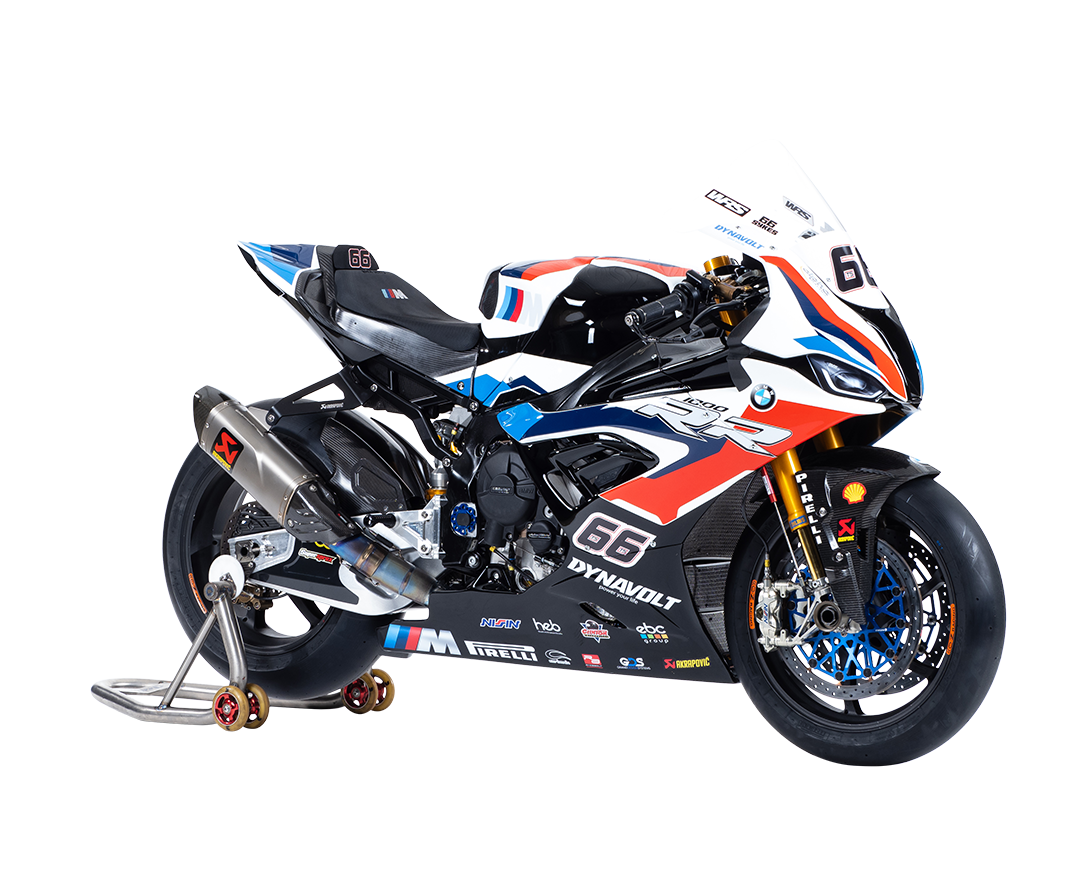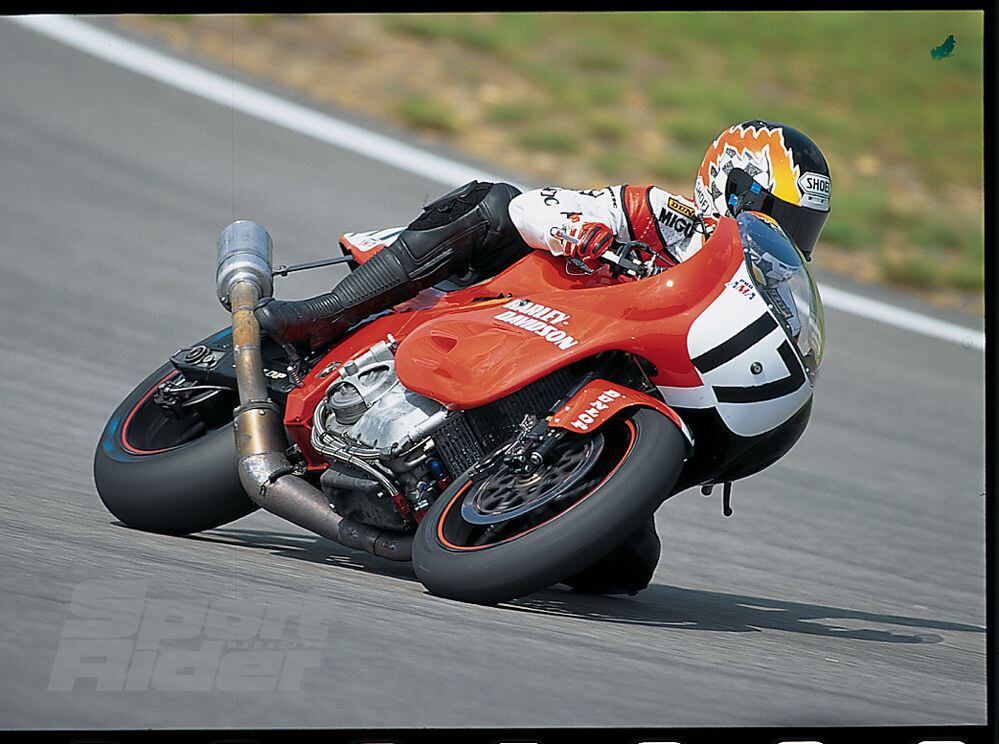Mellowtonin
Old Enough to Know Better
youtu.be/EOwxxsPaogY
Not always a FortNine guy, but found the contents of this new video fascinating...
What do you think? Is he :deadhorse
I tried watching but the guy talking just bothers me
I'm another find that guy to be fingernails on a chalkboard, is there a too long didn't watch summary?
The tariff was in effect from 1984 to 1987, when it ended at Harley's request.
From 1969 to 1981, Harley was owned by AMF (American Machine & Foundry, or "adios, motherfuckers" to victims of downsizing), most famous at the time for bowling alley machinery. At the time I worked for an oil drilling service company bought out by AMF. It was a corporation still wallowing in the 1960s conglomerate phenomenon, when lack of focus was a seen as a feature, not a bug.
By 1981 AMF had run Harley into the ground, feeding on the cash it generated as motorcycling boomed, but strangling progress. Products were crap, and 70 years of goodwill in the market was being pissed away. HD management, however, believed in the brand. They put together an offer and bought the company from AMF. To make it work, they needed new products and better manufacturing--you can't sell bikes that leak oil on the showroom floor when you're competing with the likes of the Honda Gold Wing. Independence spawned the Evo motor, HD's all aluminum Big Twin.
Meanwhile, Japanese manufacturers in the early 1980s had wildly overproduced and were swimming in excess inventory going into a US recession. The monthly US magazines sometimes ran two-page ads for previous model-year bikes at drastically discounted prices. That was the competition the newly freed HD was facing when Reagan ordered the tariff.
It's not clear to me how much of an advantage the tariff gave Harley. Responding to it, the Big Four spread the cost of the tariff over their product lines so 700cc+ bikes didn't take too much of a hit, they downsized some 750s to tariff-beating 700s (actually 699s), and Honda and Kawasaki built US manufacturing plants not subject to it.
Whether it was an actual boost or mainly a psychological stimulus that drove HD to improve and innovate, it steered Harley into an incredible roll, first surviving and even thriving in the US motorcycling depression of the early 1990s, then feeding the boom that saw the market skyrocket from the mid 1990s until the recession hit in 2008.
I was no fan of the tariff; it undoubtedly increased the price I paid for my 1986 Yamaha FZ750. But in the end, it didn't do much damage to the Japanese manufacturers and it helped propel US motorcycling to an all-time high.
While that was going on, AMF was working with Porsche to develop the Evolution engine, which went on to be revered by many as the engine that saved the company.
Meanwhile, the developments that the employee owned version of the company succeeded on were all accomplished with AMF money.
Too bad they didn't learn from any of those mistakes.
Watched a couple times - interesting look at HD history & economics.
I realize I occupy a tiny microclimate in the MC world, but up here in NorCal I hear the sound of an HD with straight pipes going by every 5 or 10 minutes, competing w/suburban drone of gas powered leaf blowers & lawn mowers. I understand economic laws of supply & demand, an aging market, and that economies are global - but anecdotally, living where I live, hard for me to fathom that HD could fold. There are just so damn many of them.
Thanks for that.You're a little off base with the effect AMF had on HD. AMF bought into a company that had been bled for every penny by the Davidson family. In the 60's Harley was building bikes in a 5 story building. There was no assembly line, and bikes made trips up and down the elevator from start to finish. AMF invested huge amounts of cash into Harley Davidson. They upgraded production lines and fed lots of money into product development. The bikes that were being produced (Shovelheads) were top notch 1936 technology, assembled by a staff that portrayed every assembly line stereotype there is. There was absolutely a difference between a Monday bike and a Friday bike. My dad worked at a dealer for those years. Some bikes suffered from such poor casting that they had to be torn down and have the cases and heads painted to keep them from oozing oil through the metal.
I know about the Porsche-developed "Nova" V4, but I did not know that the Evo was a Porsche design that predated the buyout.While that was going on, AMF was working with Porsche to develop the Evolution engine, which went on to be revered by many as the engine that saved the company.
Developments begun in the 1970s but never went into production, which were bought, paid for, and turned into successful products after the management buyout with no help from AMF.Harley needed a scapegoat to dump the terrible business decisions of the previous 40 years on, and they couldn't disgrace the Davidson family name, so AMF took the hit. Meanwhile, the developments that the employee owned version of the company succeeded on were all accomplished with AMF money.
Help me out on "mistakes"... Post-buyout, the company went from $5 million in net income in 1986 up to $1.1 billion in 2013 (though now down to $423 million). That's an extraordinary 35 years of success and $14 billion in earnings.Too bad they didn't learn from any of those mistakes.
:dunno Meh.iow, factory could have better used a racing program to stay more relevant, cf Ducati or BMW’s WSB racer ...?
:dunno Meh.
The VR1000 debuted in 1994, I think. I bought a T-shirt from the HD dealer in Pacheco and rode down to Pomona to cheer them on in their first race. IIRC, it was in February, before the Daytona 200.
The program was doomed. Management didn't give a shit. HD diehards gave even less of a shit. And the whole idea of building a race bike and race team from scratch to compete against teams that had lived and breathed motorcycle roadracing for many years was, it became clear, futile. Even with Miguel Duhamel.


Help me out on "mistakes"... Post-buyout, the company went from $5 million in net income in 1986 up to $1.1 billion in 2013 (though now down to $423 million). That's an extraordinary 35 years of success and $14 billion in earnings.
